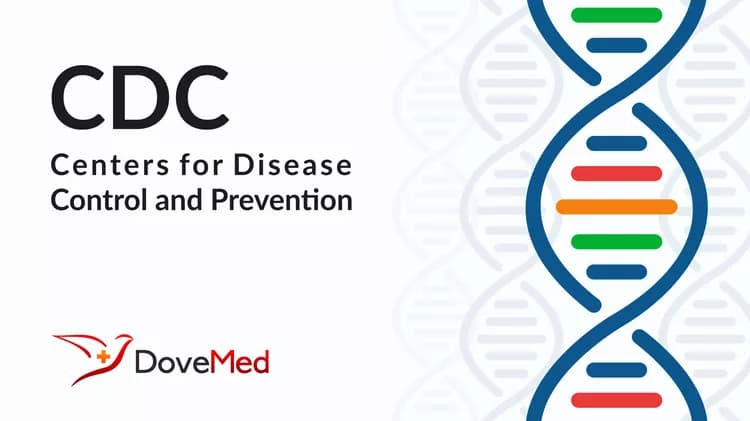
CDC releases "2000 Assisted Reproductive Technology Report"
CDC releases "2000 Assisted Reproductive Technology Report"
More than 35,000 babies were born as a result of assisted reproductive technology (ART) procedures carried out in 2000, the Centers for Disease Control and Prevention (CDC) reported today. ART includes infertility treatment procedures in which both egg and sperm are handled in the laboratory. The most common ART procedure is in vitro fertilization.
CDC's sixth annual ART report summarizes national trends and provides information on success rates from 383 fertility clinics around the country. Overall, about one in four ART cycles resulted in the birth of a baby for women who used their own (fresh) eggs. This is a slight increase in the success rate from the previous year (from 25.2 percent to 25.4 percent).
The report provides clinic success rates to help consumers make informed decisions about having a baby through ART treatment. Information from each of the reporting clinics is summarized in a one page format.
"The report contains key information for women and couples who are considering ART for infertility problems," Dr. Maurizio Macaluso, a senior research scientist in CDC's reproductive health program. "ART holds out the promise of having a child, but it can be a long and expensive process. People need all the information they can get to make an informed decision."
Dr. Macaluso added that deciding on ART is a personal decision that a woman or couple should make in consultation with a physician, and he encouraged caution in comparing success rates of various clinics. The success rate depends on many factors besides a clinic's skill, including cause of infertility and a woman's age, among other factors.
The 2000 report found that the age of the woman is one of the most important factors in determining whether she will have a live birth by using her own eggs. "Women in their 20s and early 30s had relatively high rates of success for both pregnancies and live births," said Dr. Macaluso. "However, both rates declined steadily from the mid-30s onward." Overall, 33 percent of the ART procedures started in 2000 among women younger than 35 resulted in live births. This percentage decreased to 27 percent among women aged 35-37, 18 percent among women aged 38-40, 10 percent among women 41-42 and 4 percent among women older than 42.
Thirty-five percent of all ART deliveries were multiple births (twins or more), compared with less than 3 percent for the general population. This is because multiple embryos are often transferred to increase the likelihood of a live pregnancy. Multiple births are associated with greater risk, both to the babies-including prematurity, low birthweight, neonatal death, and lifelong disability-and to the mothers, including cesarean section and hemorrhage.
In general, the findings for 2000 were similar to the previous year. More clinics reported this year (383 for 2000 compared to 370 for 1999) and there were more cycles reported (99,639 in 2000 compared to 86,822 in 1999).
Reporting of clinic fertility success was mandated by the Fertility Clinic Success Rate and Certification Act of 1992. The 2000 report was prepared by CDC in consultation with the Society for Assisted Reproductive Technology (SART), the American Society for Reproductive Medicine (ASRM), and RESOLVE, a national consumer organization that helps people who are considering ART treatment.
The full report is available on the Web at www.cdc.gov/nccdphp/drh/art.htm or by calling CDC at (770) 488-5372. The ART web pages are part of the reproductive health Web site, which is a resource for media, health professionals, and the general public. The site includes information on reproductive health and pregnancy, hysterectomy, HIV/AIDS, infant health, violence associated with reproductive health, and other issues.
# # #
CDC protects people's health and safety by preventing and controlling diseases and injuries; enhances health decisions by providing credible information on critical health issues; and promotes healthy living through strong partnerships with local, national, and international organizations.
Related Articles
Test Your Knowledge
Asked by users
Related Centers
Related Specialties
Related Physicians
Related Procedures
Related Resources
Join DoveHubs
and connect with fellow professionals

0 Comments
Please log in to post a comment.